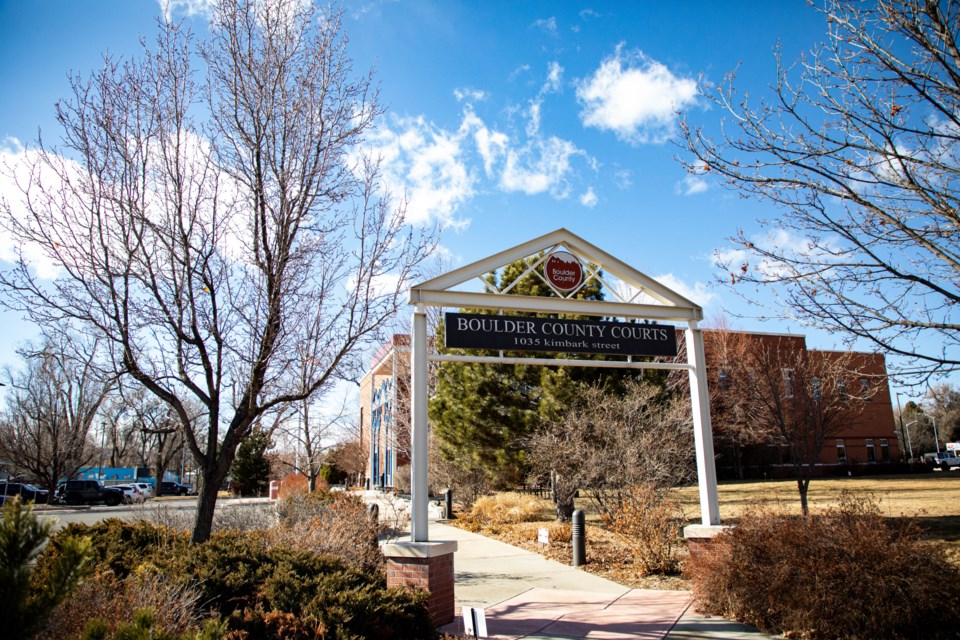The Boulder County Commissioners will hold a public hearing on Thursday, August 28 at 9 a.m. to discuss the adoption of the Boulder County Vision Zero Action Plan. The goal of the plan is to reduce serious traffic injuries and fatalities to zero. A draft of the plan was open for public comment between May 29 and June 15. The public will also have an opportunity to speak at Thursday’s hearing, which can be attended in person or online.
The plan focuses on all unincorporated areas of Boulder County, including both county-owned roads and state highways owned by CDOT. Jamestown, Nederland, and Ward are also part of the drafted action plan. The draft does not include any financial constraints and it states that Boulder County does not have all of the funding needed to complete the plan.
The draft states that the cities of Longmont, Lafayette, and Louisville are also committed to the Vision Zero plan, as well as the towns of Erie, Lyons, Nederland, and Superior. Longmont Chief of Police Jeff Satur told the Longmont Leader in April that the red light cameras are one resource to help Longmont move towards its Vision Zero goal.
There are six key actions listed in Boulder County’s plan, starting with safety improvements for areas in the “High-Injury Network (HIN).” There are fourteen total areas outlined in the HIN, including seven areas overseen by the county and seven areas owned by CDOT. Many of these areas have design plans implemented or underway and construction funding secured.
The total project budget listed in the plan that will be reviewed on Thursday is $592,000 with $473,600 coming from USDOT SS4A funding. Boulder County will put up $54,700 with the City of Lafayette and the Town of Superior pitching in $40,900 and $22,800 respectively.
The plan outlines the five types of crashes that account for 75 percent of all severe crashes — single vehicle, bicycle, head-on, broadside, and left-turn. In addition to focusing on high-injury areas and crash types, the plan will implement speed management strategies, improve education and tracking programs, and pursue additional funding sources.



